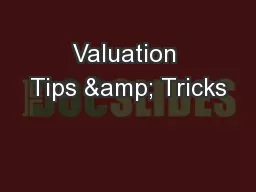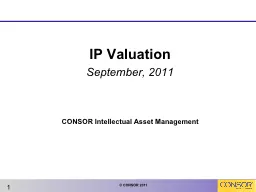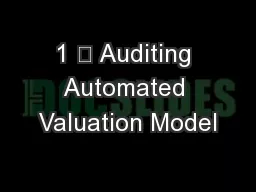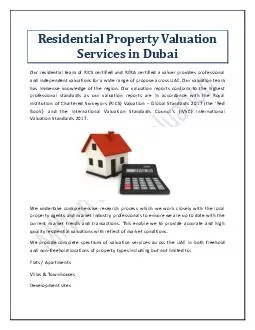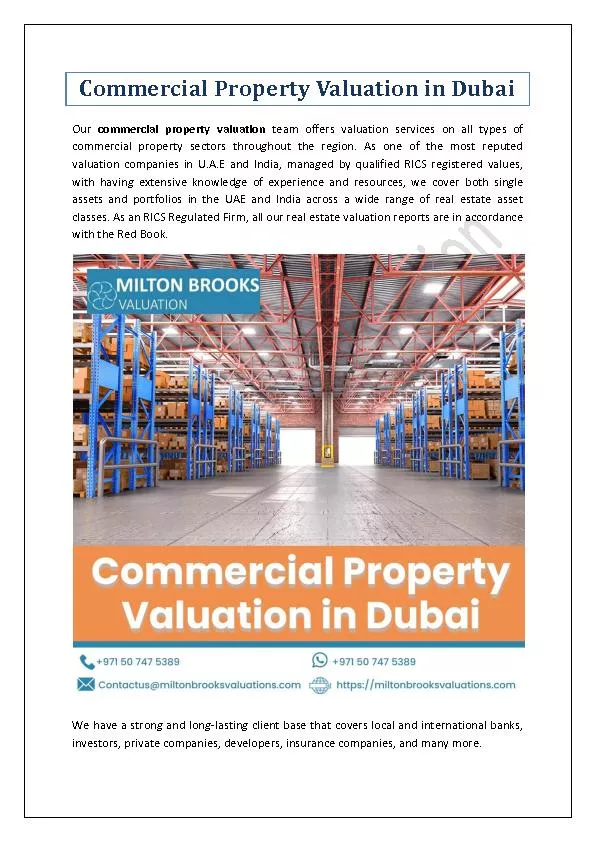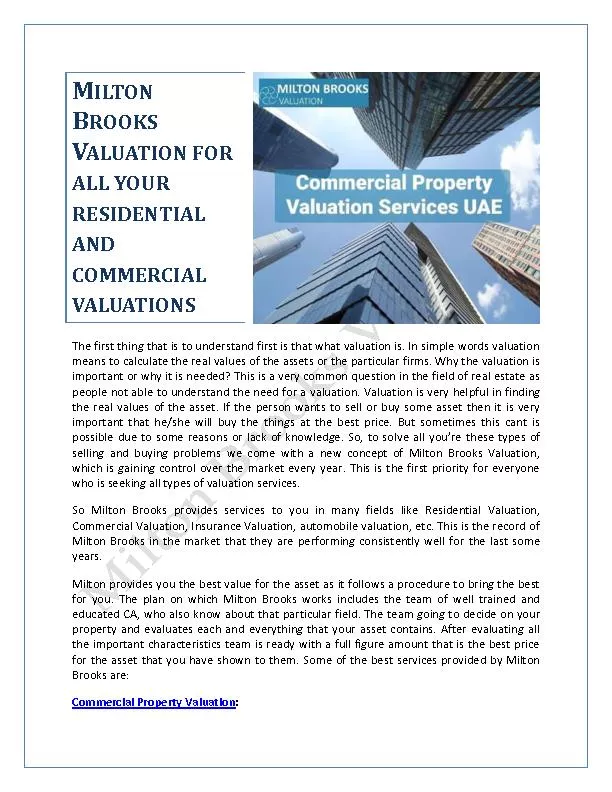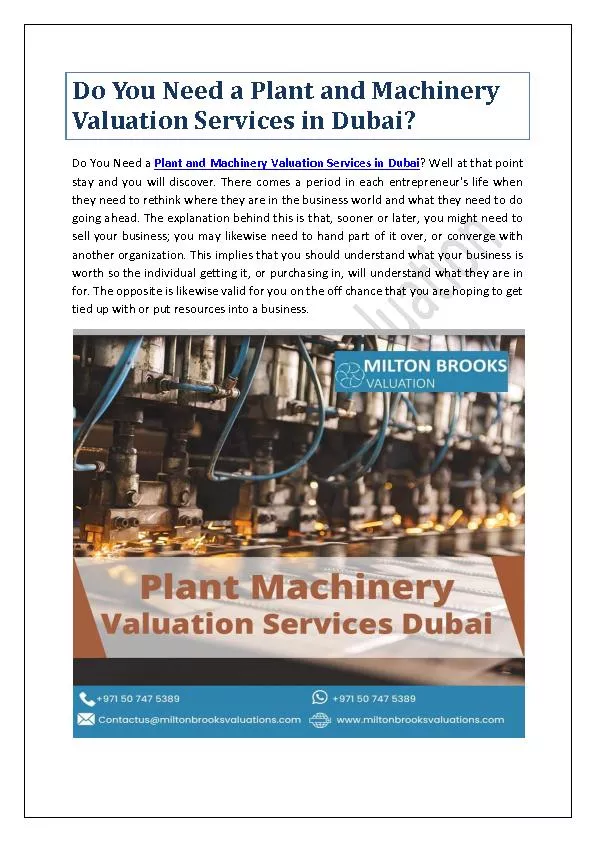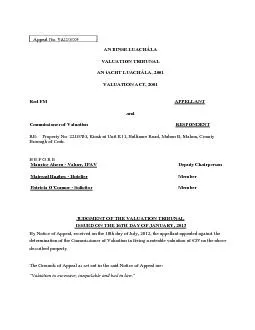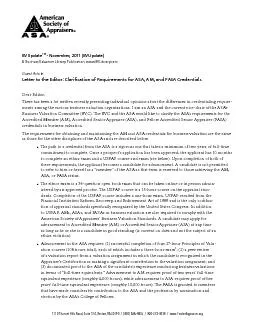PPT-IP Valuation September, 2011
Author : blackwidownissan | Published Date : 2020-08-28
1 CONSOR Intellectual Asset Management Why IP Valuation 2 Beyond specialized IP law practices business commercial tax and estate practitioners Increasingly involved
Presentation Embed Code
Download Presentation
Download Presentation The PPT/PDF document "IP Valuation September, 2011" is the property of its rightful owner. Permission is granted to download and print the materials on this website for personal, non-commercial use only, and to display it on your personal computer provided you do not modify the materials and that you retain all copyright notices contained in the materials. By downloading content from our website, you accept the terms of this agreement.
IP Valuation September, 2011: Transcript
Download Rules Of Document
"IP Valuation September, 2011"The content belongs to its owner. You may download and print it for personal use, without modification, and keep all copyright notices. By downloading, you agree to these terms.
Related Documents



